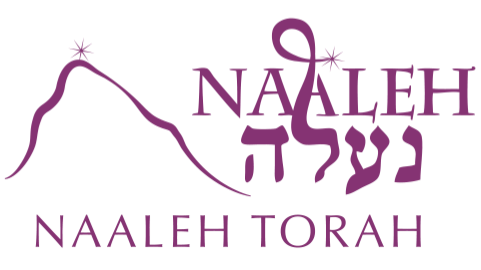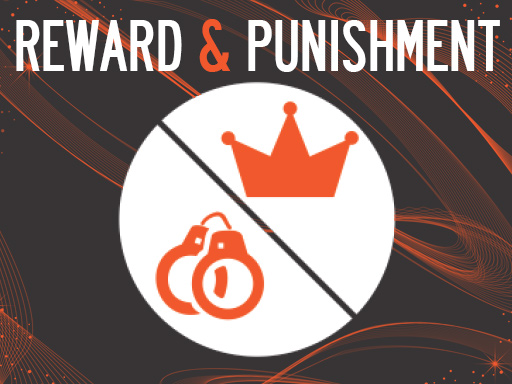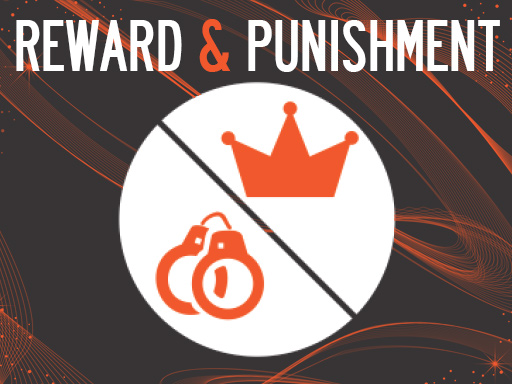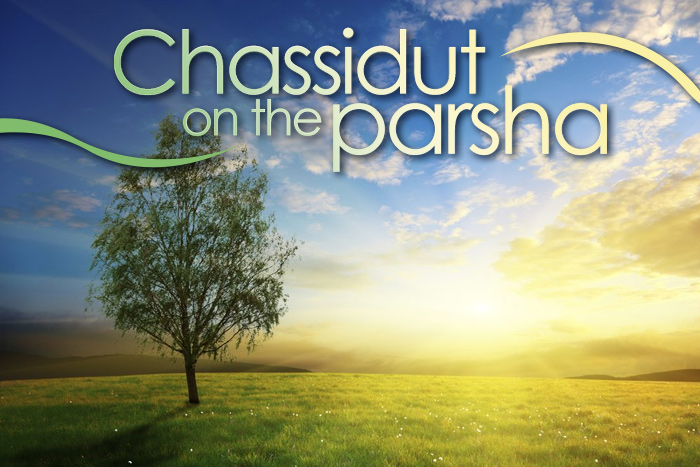Towering Tree
Posted onRebbetzin Smiles explores one of the questions that Moshe Rabbenu asked the Meraglim, the spies, about the Land of Israel: Does it have trees? What is the deeper message behind this question? What does it mean for our daily life?






